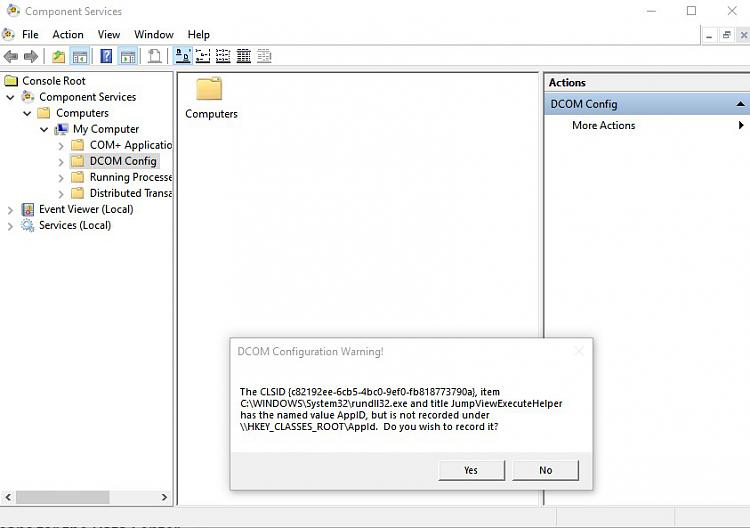

There is nothing to see in the log, we are going to do a general scan for registry entries that might have gone astray and a rootkit scan to rule out the last possibilities of malware being present on your PC. WSHĮdited by rotterdam, 01 September 2008 - 08:45 AM.ĭid you recently do a repair install or reformat? There are a lot of system files created in the last 30 days. "PROCESSOR_IDENTIFIER"=x86 Family 6 Model 9 Stepping 5, GenuineIntel

"Path"=C:\PROGRAM FILES\THINKPAD\UTILITIES %SystemRoot%\system32 %SystemRoot% %SystemRoot%\System32\Wbem C:\Program Files\ATI Technologies\ATI Control Panel XML Paper Specification Shared Components Language Pack 1.0->"C:\WINDOWS\$NtUninstallXPSEPSCLP$\spuninst\spuninst.exe" Windows XP Service Pack 3->"C:\WINDOWS\$NtServicePackUninstall$\spuninst\spuninst.exe" >rundll32.exe setupapi.dll,InstallHinfSection DefaultUninstall 132 C:\WINDOWS\INF\PCHealth.infĪccess IBM Cleanup Utility->MsiExec.exe /I Info.txt logfile of random's system information tool 16:39:05 There are at least two good free programs, AdAware and Spybot Search and Destroy.And the third try info file: (note that when i did the scan the problem was "present" i put the rundll32.exe to low priority) However, if you download and install a lot of programs or you want another line of defense, you should get a separate program specifically for detecting and cleaning out Trojans and spyware. A firewall will warn you if something on your system tries to call out and alert you to many Trojans and spyware.

Good anti-virus programs should stop most Trojans but won't help with spyware. This function is included in the better commercial suites. Hi recently I'm experiencing this problem: whenever I'm in the computer for more than 10 minutes rundll32.exe start and takes 50 + - of my cpu usage. Previously not quite as important but becoming more and more necessary is separate software specifically for removing spyware and other Trojans. These malicious versions of the file might infiltrate other viruses into the device, include.

Although rare, these unusual symptoms might indicate malware infection that can replace, corrupt, or mimic the original EXE process. Turn off system restore before cleaning with a Trojan/Virus Cleaner. For that reason, Rundll32.exe rarely causes any problems, although some users noticed an unusually high CPU usage used by the process, or several instances of it running. Using Process Explorer and a Stack Trace on the thread I get this: ntoskrnl.exeKeSynchronizeExecution+0x2246 ntoskrnl. Task manager showed rundll32.exe at 50 cpu constantly (2-cpu VM). If I kill the process everything is normal. After some reboots I start the TaskManager and recognize that the Host Process 'RunDll32.exe' needs more than 30 of the CPU power. In other cases, rundll32.exe is a virus, spyware, trojan or worm! Check this with Security Task Manager. I noticed today on a fresh box I was spinning up was a runaway CPU issue taking up 50 of the CPU on an otherwise idle box. Beginning with the first usage, I mentioned that the CPU usage is very high. Note: The rundll32.exe file is located in the c:\windows\System32 folder.


 0 kommentar(er)
0 kommentar(er)
